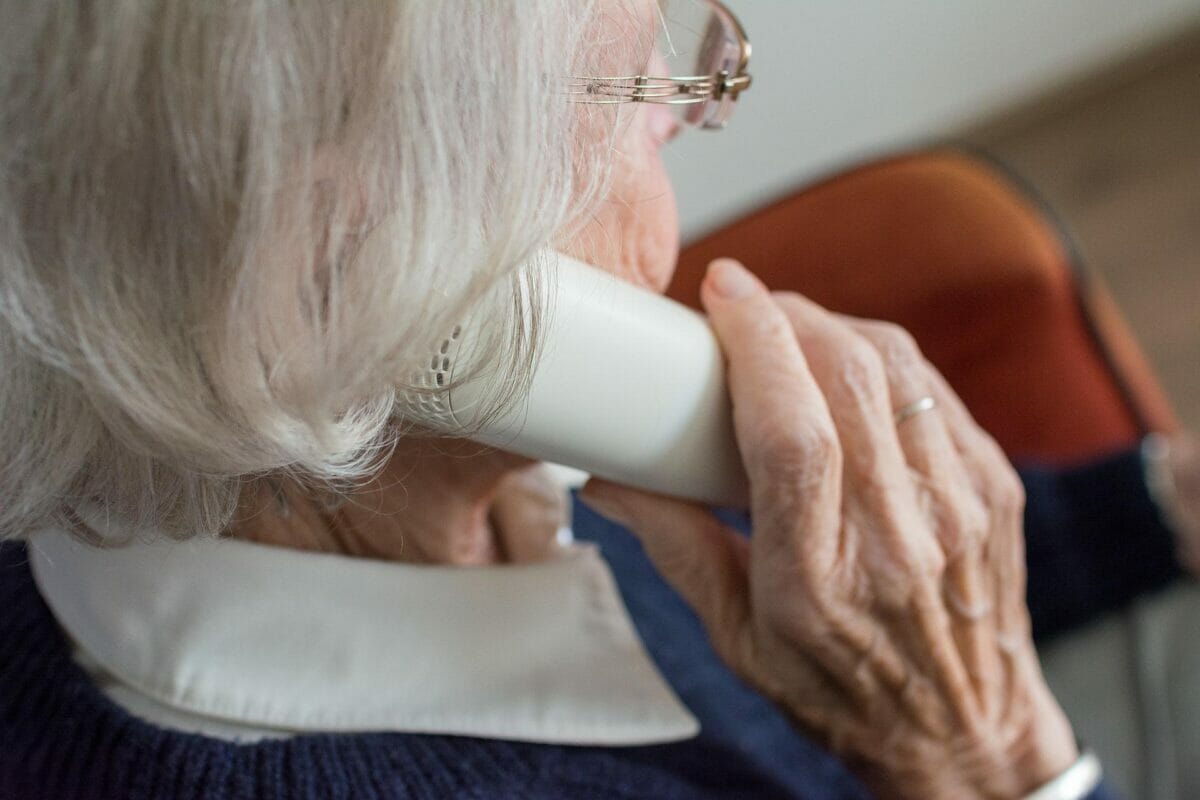Medical alert systems can save a life. Especially for in-bound senior citizens and patients with handicaps, etc.
According to this latest study, the 2020 growth of Medical Alert Systems will have significant change from the previous year. The most conservative estimates of the global Medical Alert Systems market size (a most likely outcome) will be a year-over-year revenue growth rate of XX% in 2020, from US$ 6790.3 million in 2019. Over the next five years, the Medical Alert Systems market will register a 7.9% CAGR in terms of revenue, the global market size will reach US$ 9198.5 million by 2025. This speaks volumes for the number of people in need of these types of systems.
With the push of a button, life-saving support can come to the aid to someone in distress. This type of service can create peace of mind for the children of elderly patients or for parents who are forced to go to work leaving their child with a caregiver – yes, even a caregiver can leave the room for a minute for something to happen to the person they are caring.
Selecting a Medical Alert System – Home-Based vs. Mobile
Various medical alert systems have unique features. Home-based systems are designed to work in the home using a landline telephone – all designed to connect to a dispatcher. This type will allow your loved one to speak directly to the dispatcher once they push the button.
A mobile medical alert system work inside the home but also when your loved one leaves their home. This system is ideal for someone who is not frail.
Price
Whether you go with a home-based or mobile medical alert system, there are monthly fees. Remember to ask about adding a fall detection service. Certain devices can also detect when someone has fallen. It is an added benefit and worth considering.
Conclusion
As more and more people are living longer, many are experiencing various medical problems and other issues that require these systems. It is important to consider all options so that your loved one remains safe and protected.


